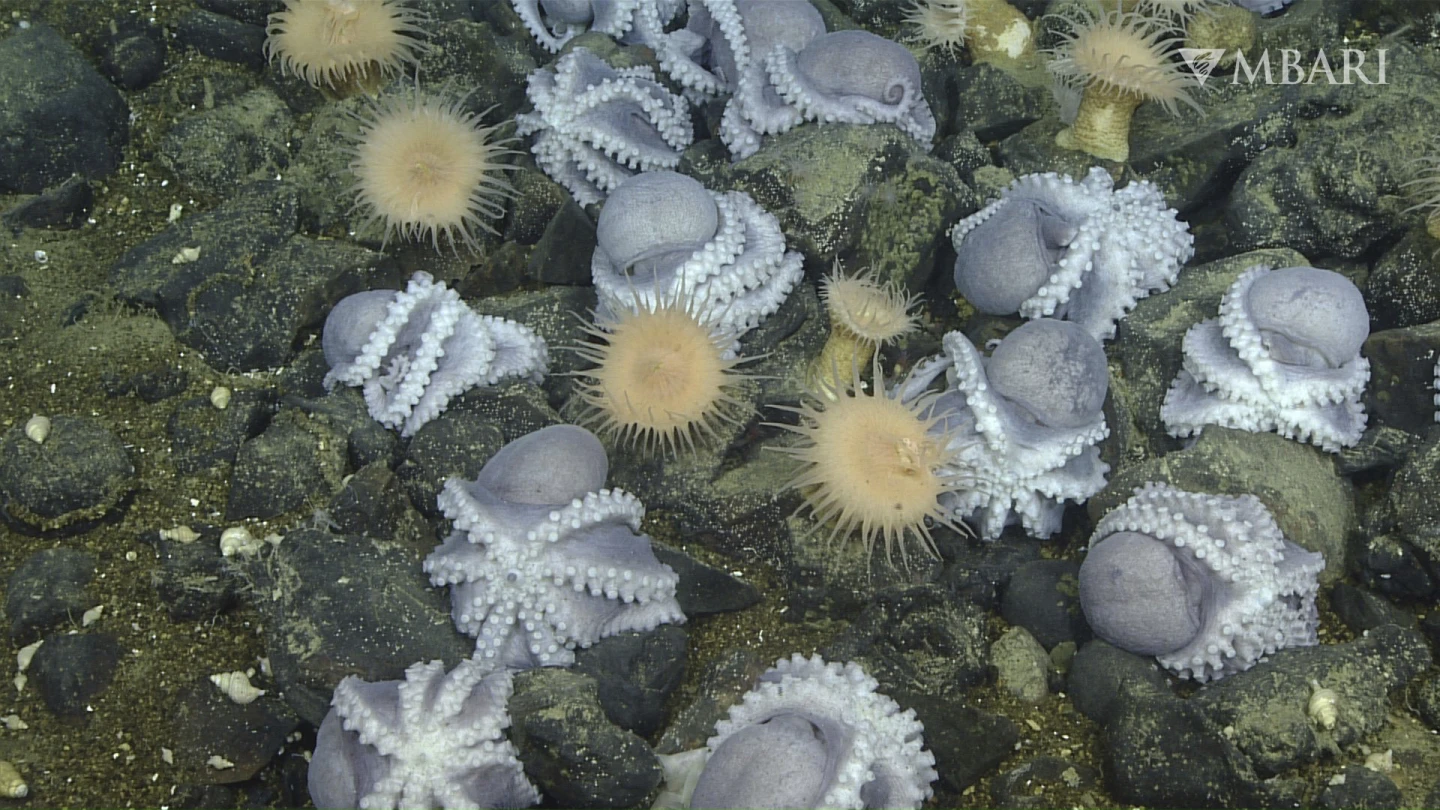Rare corpse flower blooms in California
A rare corpse flower, named for its putrid flowering scent, bloomed on Sunday, Aug. 27 at the Huntington Library and Botanical Gardens in San Marino, California, attracting hundreds of visitors.
According to the botanical garden, the corpse flower can grow more than eight feet tall and blooms for only one to three days every year. It is an endangered species, according to the International Union for Conservation of Nature.
Additionally, according to the botanical garden, every visitor may smell something slightly different. Compounds found within the scent can make the flower smell like stinky cheese, boiled cabbage, garlic, rotting fish or sweaty socks. The smell helps attract nighttime pollinators, including flesh flies and carrion beetles.
Painting the town red: thousands gather for Spain’s tomato food fight

More than 15,000 people gathered in Bruñol, Spain for the Tomatina festival on Wednesday, Aug. 30.
The Associated Press reported that the city dumped 120 tons of overripe tomatoes onto the main street for participants to throw. The fight left streets, homes and participants drenched in red tomato pulp.
The festival was inspired by a children’s food fight in 1945 in Bruñol, Spain, according to the Associated Press. The festival gained media attention in the 1980s, transforming it into an international event.
Thousands of octopus mothers lay eggs in hydrothermal springs off California’s coast

A new study published Aug. 23 in the Science Advances journal examined why thousands of octopuses, typically solitary, gathered together at hydrothermal springs near an extinct volcano off the coast of California.
The study ran from 2019-2021 and found 6,000 octopuses grouped together in a six-acre area to mate, nest and then die. Scientists discovered that the warmth emanating from the hydrothermal springs drastically reduced the time it took for octopuses to hatch, increasing the likelihood of survival for the baby octopuses.
The area, dubbed an octopus garden by scientists, is the “largest known aggregation of octopus on Earth,” according to the study.




